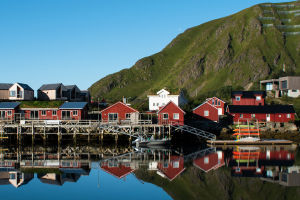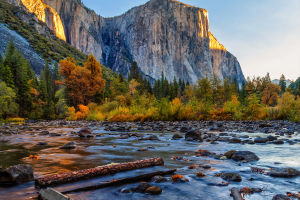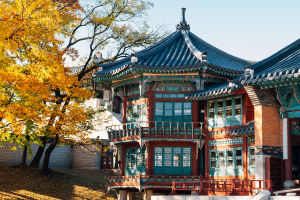Zimbabwe Weather Guide
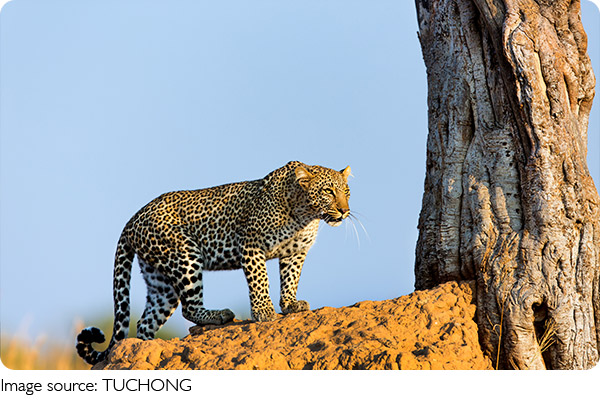
Planning a trip to Zimbabwe means getting ready for a blend of nature's finest landscapes and unique wildlife experiences.
Lykkers who want to make the most of their visit will benefit from understanding the country's climate patterns, the best periods for safaris, and when to enjoy iconic natural landmarks.
This guide offers a clear and friendly overview of the best times to travel in Zimbabwe, highlighting tips and ideas for a smooth adventure.
Zimbabwe
Understanding Zimbabwe's Climate and Seasons
The Dry Season: Ideal for Wildlife and Outdoor Adventures
From May to October, Zimbabwe experiences its dry period, often called the "winter" season. This is the peak tourist time, especially from July to September, when most travelers arrive to enjoy clear skies and excellent safari conditions.
During these months, roads and trails are easily accessible, with no disruptions from rains. Wildlife congregates near limited water sources, making animal sightings easier and more frequent.
The Wet Season: Nature's Renewal and Lush Scenery
Between November and April, the country receives most of its rainfall, refreshing the landscape and filling rivers and lakes. This is when nature blossoms, and the vegetation turns vibrant green.
Although some areas, like the Mana Pools National Park, may become flooded and less accessible, the wet season offers a unique experience for travelers who prefer fewer crowds and want to witness Zimbabwe's flourishing environment. However, some roads might be challenging due to rains, so careful planning is essential.
Top Destinations and Their Best Visiting Periods
Victoria Falls: Witnessing Majestic Power
The water levels at Victoria Falls rise from February to July, peaking around March and April. This period showcases the falls at their fullest, with impressive water volumes creating spectacular rainbows in the mist.
For those interested in water activities such as rafting, the best time is during the low water months from August to January, when the river's flow slows down, revealing rocky formations beneath the waterfall.
Harare: Weather Overview of the Capital
Harare enjoys a dry season from April to October, with temperatures ranging from 8°C in the early mornings to highs of around 24°C during the day. Rain is scarce, and the air feels fresh and comfortable.
On the other hand, the wet season from November to March brings warmer temperatures combined with high humidity and an increase in mosquito activity. Avoiding travel during December to February is advisable due to heavy rains and health concerns.
Hwange National Park: Prime Safari Timing
Hwange is a renowned location for wildlife viewing, best visited in the dry months of May through October. The period from July to September is particularly recommended due to minimal rainfall and animals gathering near waterholes. The dry grasslands make spotting lions, leopards, and other wildlife easier as they rest in open areas during cooler parts of the day.
Mana Pools National Park: Access and Wildlife Viewing
The dry season between July and September offers the best chance to explore Mana Pools. April and November can also be possible but conditions should be checked in advance. Avoid visiting from December to March because flooding makes the park inaccessible. Many accommodations close during the rainy months, so it is important to plan carefully.
Matobo National Park: Scenic Views and Wildlife
The small size of Matobo makes it easier to visit year-round, but the dry season from July to September is still preferred for the clearest skies and best wildlife sightings. The unique granite hills, known as kopjes, look striking against a bright blue sky, providing great photo opportunities.
Lake Kariba: Enjoying Water Activities
The dry season provides the perfect weather for lake activities like boating and fishing. During the rainy months, mosquitoes increase and the risk of mosquito-related illness rises, making it less ideal to visit at that time.
Safari Planning Tips for Zimbabwe
Choose the Right Time Based on Location
Zimbabwe's geography varies, with highlands, mountains, and plains, each influencing local weather. Generally, the dry season from April to October suits most safari destinations due to lower rainfall and better wildlife visibility.
However, it is helpful to avoid peak tourism periods between mid-April to mid-May and mid-July to mid-September to enjoy a quieter experience.
Consider Activities and Attractions
Different interests call for different timing. For example, nature lovers eager to see Victoria Falls at its most powerful should visit in April. Safari enthusiasts will find July to September most productive for animal sightings. Those wanting to see lush greenery after rains may still find value visiting just after the wet season, when the landscape is alive with color.
Health and Comfort Tips
Travelers should prepare for cooler temperatures during the dry months, bringing layers for mornings and evenings. In contrast, the wet season requires precautions against insects and potential health risks, so insect repellents and proper medical advice are recommended.
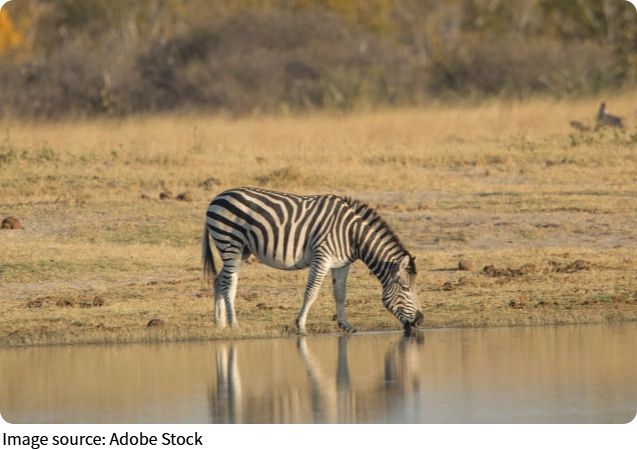
Conclusion: When to Visit Zimbabwe for an Unforgettable Experience
Choosing the best time to visit Zimbabwe depends on the desired experience. The dry season stands out for wildlife encounters, ease of travel, and comfortable weather. The wet season offers lush scenery and fewer tourists but may present challenges in accessibility.
Lykkers planning their journey can maximize enjoyment by aligning their travel dates with seasonal highlights, local conditions, and personal preferences. With proper planning, Zimbabwe offers unforgettable moments amid its natural wonders, vibrant wildlife, and welcoming landscapes.
